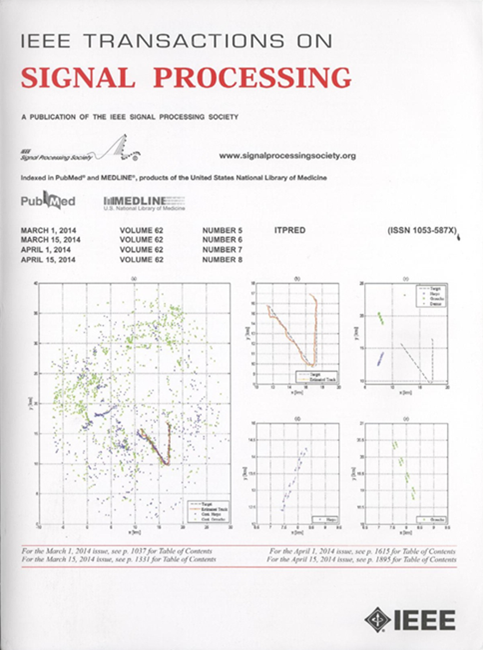Structured Directional Pruning via Perturbation Orthogonal Projection
IF 4.6
2区 工程技术
Q1 ENGINEERING, ELECTRICAL & ELECTRONIC
引用次数: 0
Abstract
Despite the great potential of artificial intelligence (AI), which promotes machines to mimic human intelligence in performing tasks, it requires a deep/extensive model with a sufficient number of parameters to enhance the expressive ability. This aspect often hinders the application of AI on resource-constrained devices. Structured pruning is an effective compression technique that reduces the computation of neural networks. However, it typically achieves parameter reduction at the cost of non-negligible accuracy loss, necessitating fine-tuning. This paper introduces a novel technique called Structured Directional Pruning (SDP) and its fast solver, Alternating Structured Directional Pruning (通过扰动正交投影进行结构化定向剪枝
尽管人工智能(AI)具有巨大的潜力,它促使机器在执行任务时模仿人类的智能,但它需要一个具有足够数量参数的深度/广泛模型来增强表达能力。这方面往往会阻碍AI在资源受限设备上的应用。结构化剪枝是一种有效的压缩技术,可以减少神经网络的计算量。然而,它通常以不可忽略的精度损失为代价来实现参数的减少,需要进行微调。本文介绍了结构化定向剪枝(SDP)及其快速求解器——交替结构化定向剪枝(AltSDP)。SDP是一种通用的高能效粗粒度剪枝方法,它可以实现高效的模型剪枝,而不需要微调或所需稀疏度级别的专家知识。理论分析证实,快速求解器AltSDP经过充分的训练后,渐近地达到了SDP。实验结果证明,AltSDP在保持恒定的训练损失的同时,达到了与普通优化器相同的最小谷值,即随机梯度下降(SGD)。此外,AltSDP实现了最先进的修剪精度,将修剪整合到初始训练过程中,而无需微调。因此,新提出的SDP及其快速求解器AltSDP可以显著促进收缩深度神经网络(dnn)的发展,并使人工智能能够在资源受限的设备上部署。
本文章由计算机程序翻译,如有差异,请以英文原文为准。
求助全文
约1分钟内获得全文
求助全文
来源期刊

IEEE Transactions on Signal Processing
工程技术-工程:电子与电气
CiteScore
11.20
自引率
9.30%
发文量
310
审稿时长
3.0 months
期刊介绍:
The IEEE Transactions on Signal Processing covers novel theory, algorithms, performance analyses and applications of techniques for the processing, understanding, learning, retrieval, mining, and extraction of information from signals. The term “signal” includes, among others, audio, video, speech, image, communication, geophysical, sonar, radar, medical and musical signals. Examples of topics of interest include, but are not limited to, information processing and the theory and application of filtering, coding, transmitting, estimating, detecting, analyzing, recognizing, synthesizing, recording, and reproducing signals.
 求助内容:
求助内容: 应助结果提醒方式:
应助结果提醒方式:


